Speaking at the conference summarizing the work in 2023 and implementing the plan for 2024 of the Ministry of Transport on the morning of December 28, Mr. Duong Duc Tuan - Vice Chairman of Hanoi People's Committee said that despite achieving many results in infrastructure development, Hanoi's transport sector still has many challenges to overcome.
Accordingly, the current ratio of land area for traffic to new urban construction land area is about 12.13% while the planning requires it to reach 20-26%.
The rate of public passenger transport has only reached 19.5% while the planning requires it to reach 50-55%; every year the city budget has allocated more than 60% of the total budget for the transport sector but has only met about 25% of the total actual demand. While the growth rate of land area for transport is not high (only reaching 0.35%/year), it cannot keep up with the increase in vehicles (from 4-5%/year), therefore, the local traffic congestion situation in the city is becoming complicated.
Specifically, up to now, Hanoi has 33 traffic congestion points (at the beginning of 2023, there were 37 points, so far only 5 points have been handled and 1 new point has arisen).
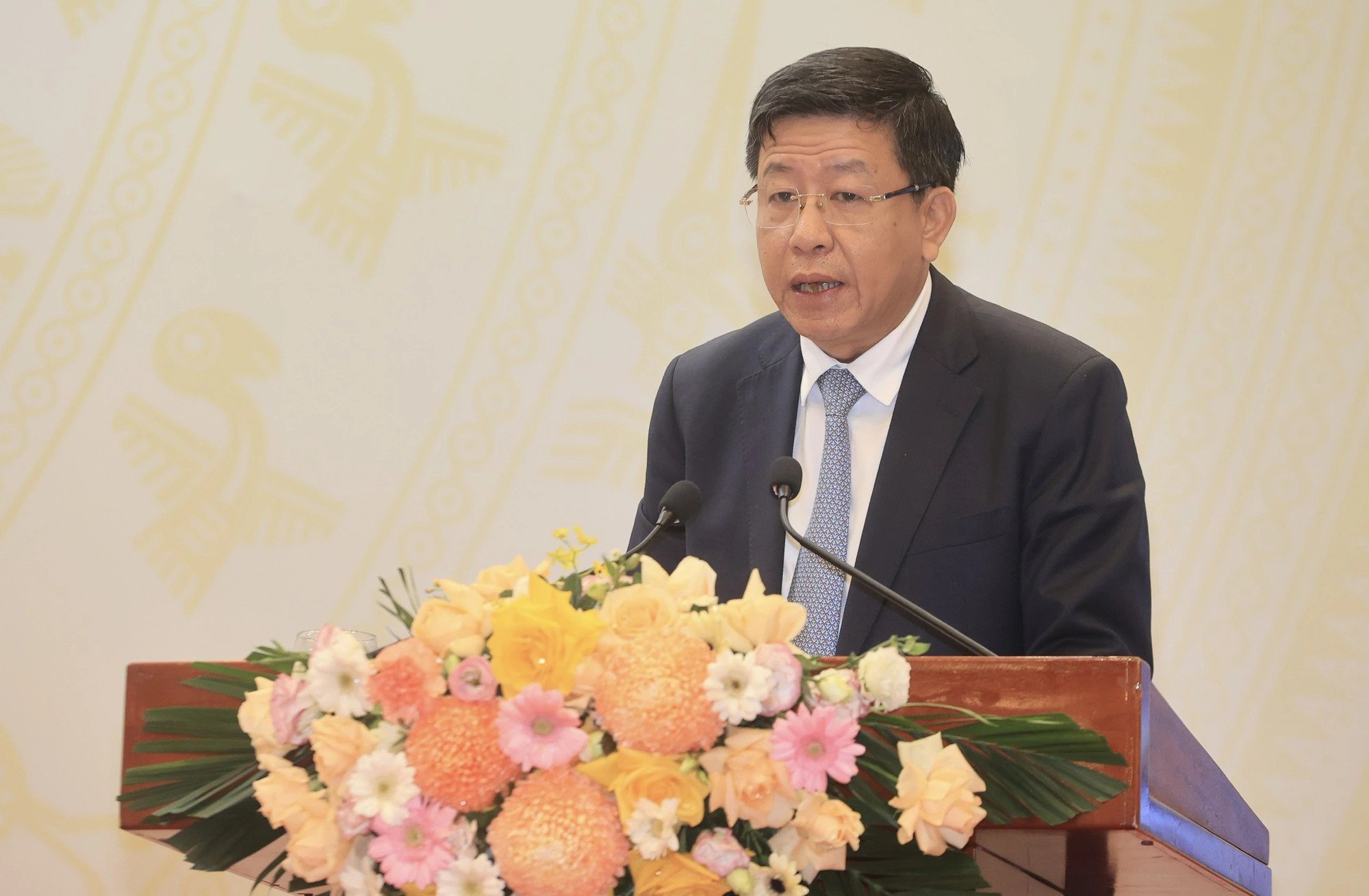
Vice Chairman of Hanoi People's Committee Duong Duc Tuan.
The development of mass public passenger transport and rapid transit is identified as a top priority to solve the complicated traffic congestion situation, in which the development of the urban railway network is considered the backbone of public passenger transport.
According to the current planning, Hanoi has 10 urban railway lines (9 main lines and 1 line connecting satellite cities), with a total length of 417.8 km (of which 75.6 km is underground), with a total estimated investment of over 40 billion USD. However, in reality, Hanoi has only completed 13 km (Line 2A, Cat Linh - Ha Dong section) and is under construction for 12.5 km (Line 3, Nhon - Hanoi Railway Station section).
To complete the remaining 404.8km in the next 12 years (by 2035), the budget needed to be arranged is about 37 billion USD (equivalent to about 850,000 billion VND).
The Vice Chairman of the Hanoi People's Committee said that in order to effectively implement, overcome shortcomings, and overcome difficulties and challenges, in the coming time, Hanoi will focus on organizing the implementation and completion of: The amended Law on the Capital; Reviewing and adjusting the overall master plan for the capital construction; Hanoi Capital Planning for the period 2021-2030, with a vision to 2050.
After the adjusted master plan for the capital's construction is approved by the competent authority, the work of preparing and submitting for approval the adjusted master plan for the capital's transport will be immediately organized to ensure consistency and unity between the plans and serve as a basis for orienting the development of the sector.
At the same time, urgently research and submit to competent authorities for approval the Master Plan for investment in the construction of the Hanoi urban railway system to implement Conclusion No. 49 dated February 28, 2023 of the Politburo on basically completing the urban railway network in Hanoi by 2035.
Continue to promote scientific research and technology application in urban transport management and development (deployment of intelligent transport systems); prioritize the development of public passenger transport, especially rapid and large-volume transport; Build an online digital map system; smart ticket system, multi-modal interconnected tickets for public passenger transport.
Hanoi will also issue specific coordination regulations between functional forces (Traffic Police; Traffic Inspectorate, Urban Traffic Safety Maintenance Force) in organizing traffic, ensuring traffic safety; arranging checkpoints to ensure traffic flow, reducing traffic congestion at 234 intersections with high risk of traffic congestion.
Continue to accelerate the progress of key construction projects in the city to ensure meeting the required progress (including fully preparing the conditions to put into commercial operation the Nhon - Hanoi Railway Station elevated urban railway section in the near future.
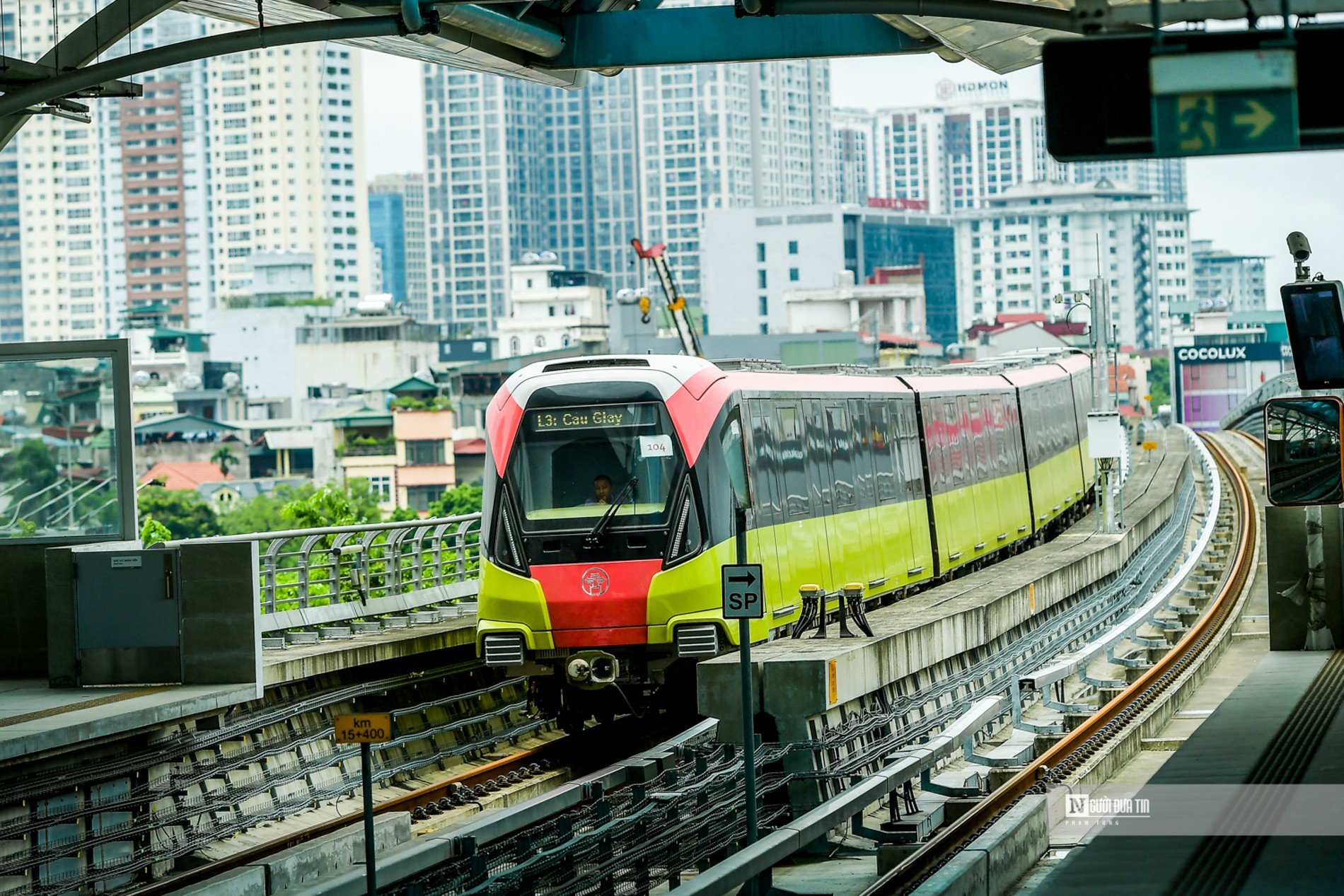
According to current planning, Hanoi has 10 urban railway lines with a total length of 417.8 km.
In addition, it is also necessary to review and select a list of urgent and key transport infrastructure projects to focus on investment, completion and operation in stages to ensure feasibility. For the development of the urban railway network, priority is given to investment in completing the route to ensure synchronization on the entire route, ensuring connection with other types of public transport, and promoting investment efficiency with the routes being deployed.
In the immediate future, we will continue to focus on balancing resources from the city budget for investment. In addition, to ensure sufficient investment resources, we need to develop plans and policy mechanisms to diversify capital sources to implement framework transport projects according to the planning, including capital from the budget, ODA loans, loans from financial and credit institutions such as banks, mobilizing resources by issuing bonds, auctioning land use rights, equitizing enterprises, continuing to remove obstacles and calling for investment in the form of PPP (BT, BOT...), and socializing investment.
Research and develop proposals for specific mechanisms and policies on resource mobilization for investment in urban railway lines, including the implementation of investment mechanisms and TOD investment forms, land exploitation at stations of urban railway lines... to create resources for investment in construction, management and operation of urban railway lines .
Source

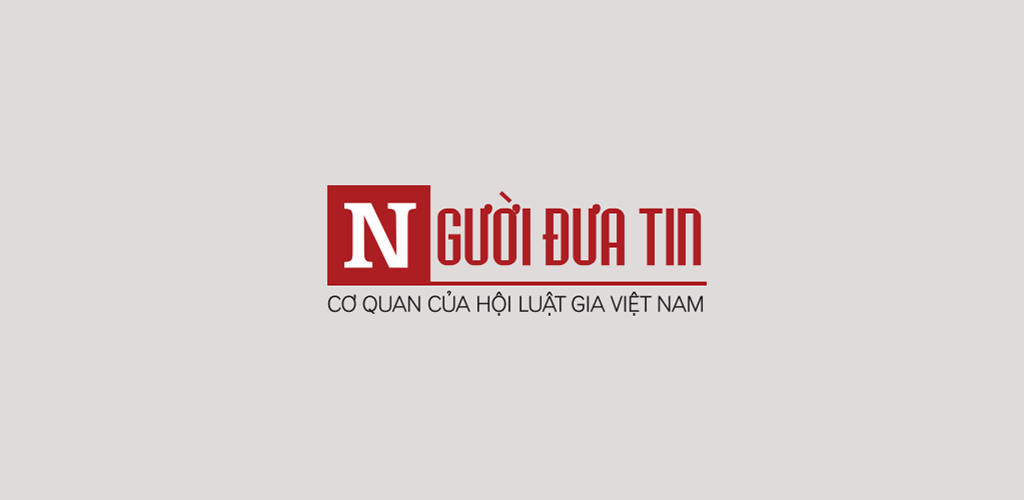




![[Photo] Prime Minister Pham Minh Chinh receives Mr. Jefferey Perlman, CEO of Warburg Pincus Group (USA)](https://vstatic.vietnam.vn/vietnam/resource/IMAGE/2025/4/18/c37781eeb50342f09d8fe6841db2426c)

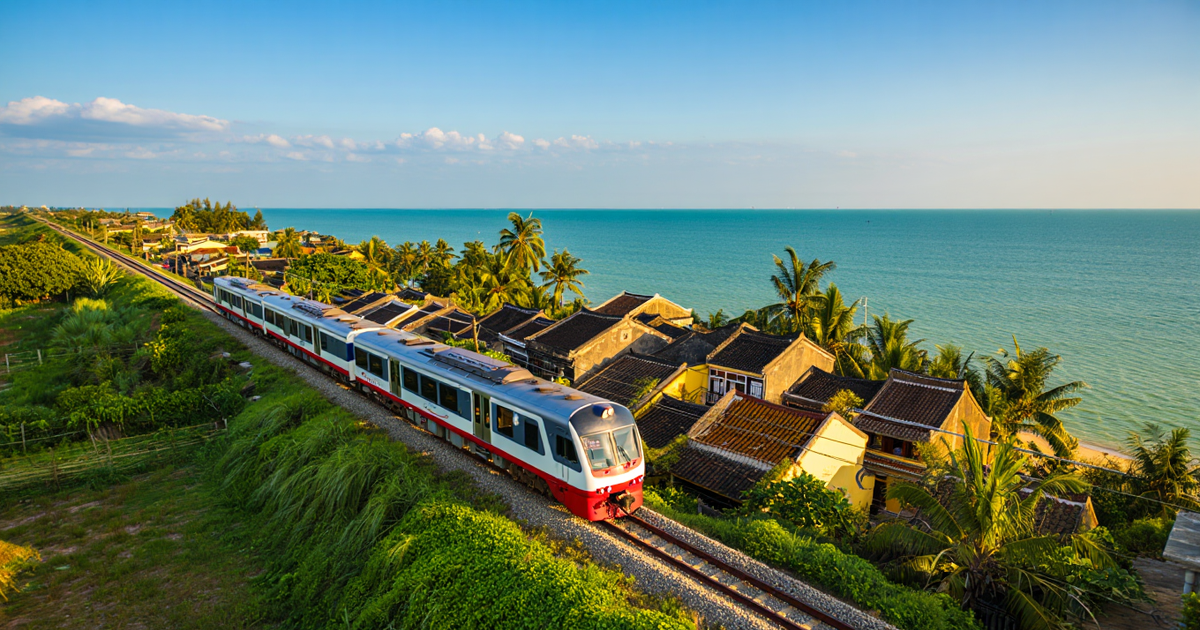

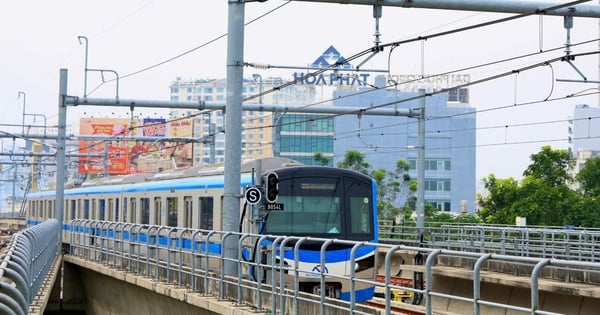

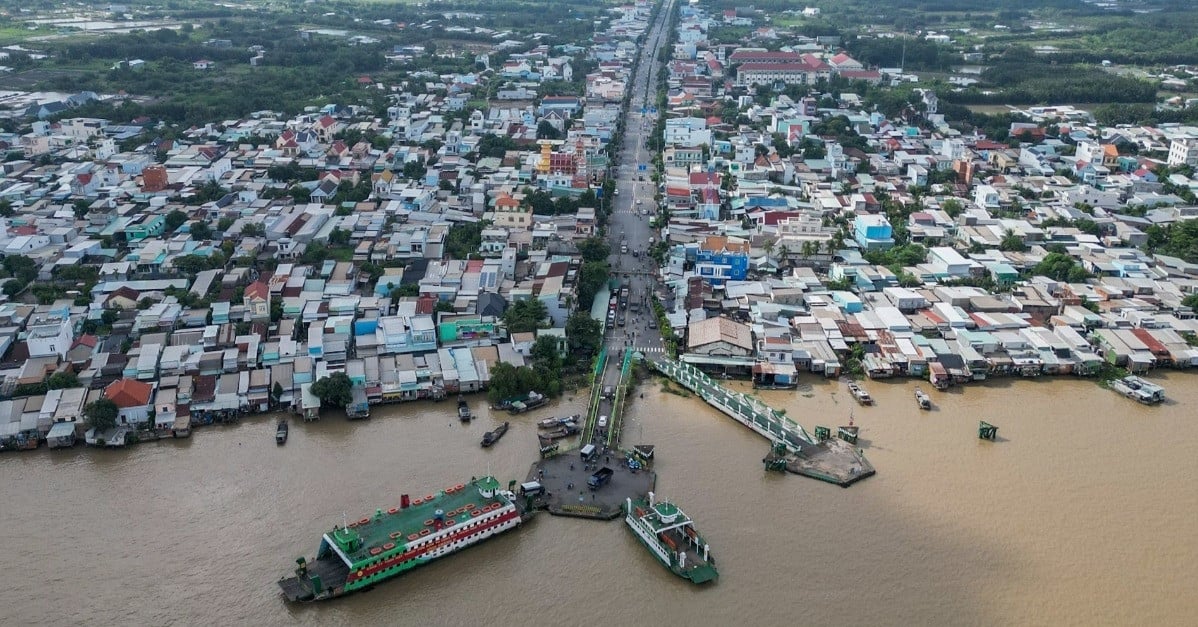

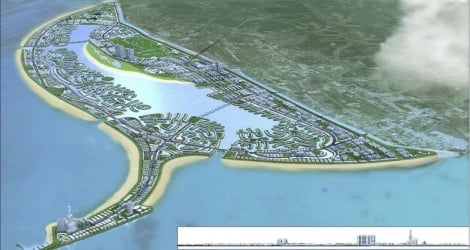

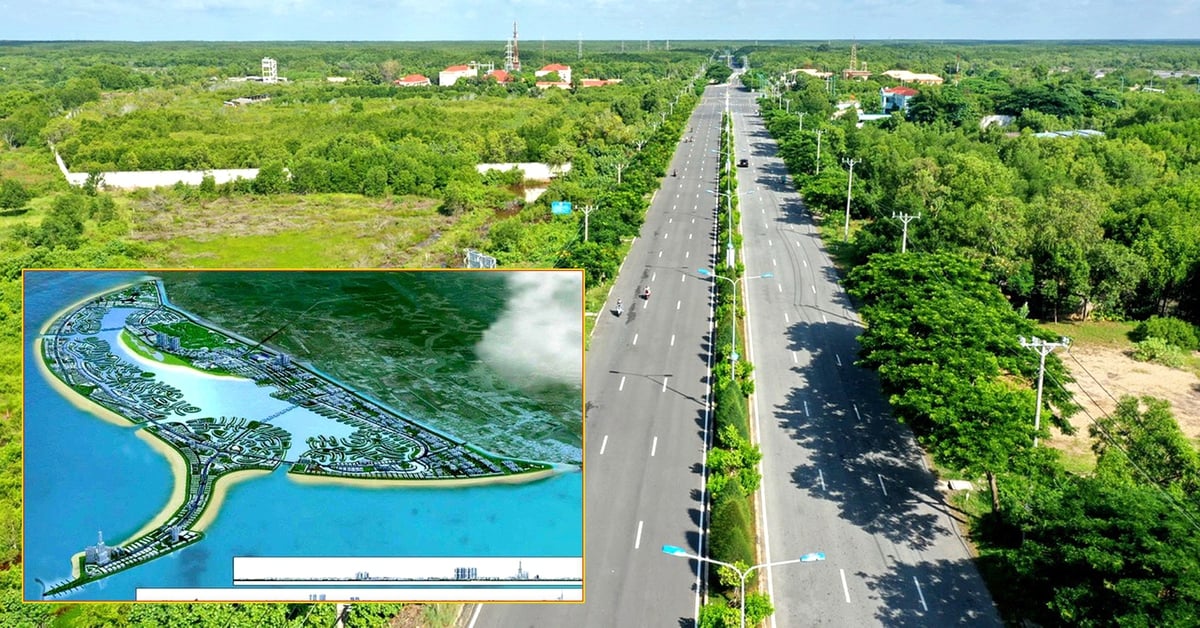

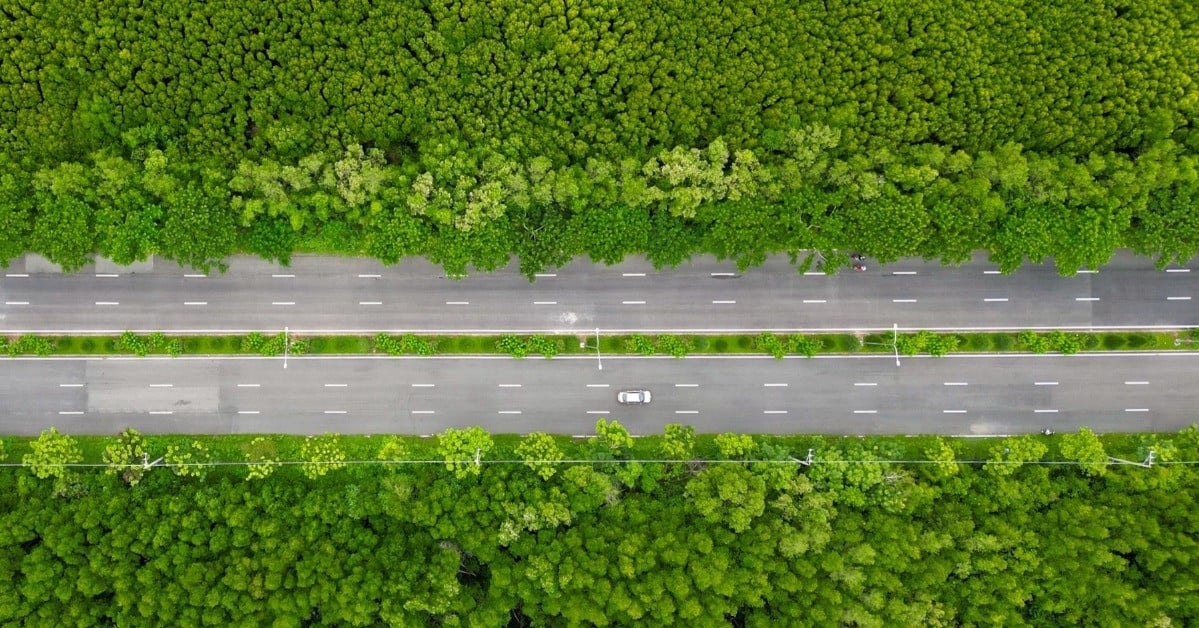





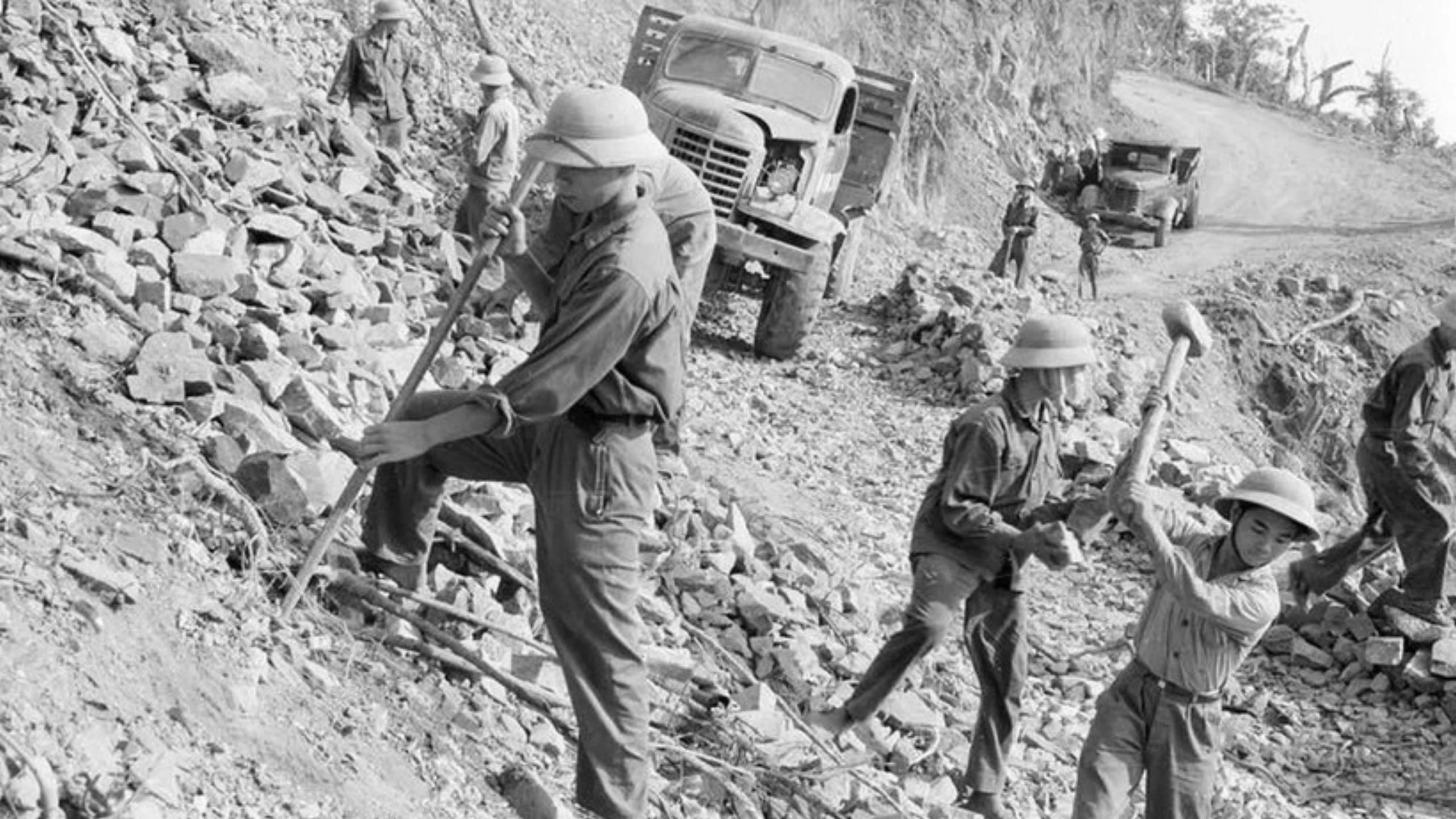




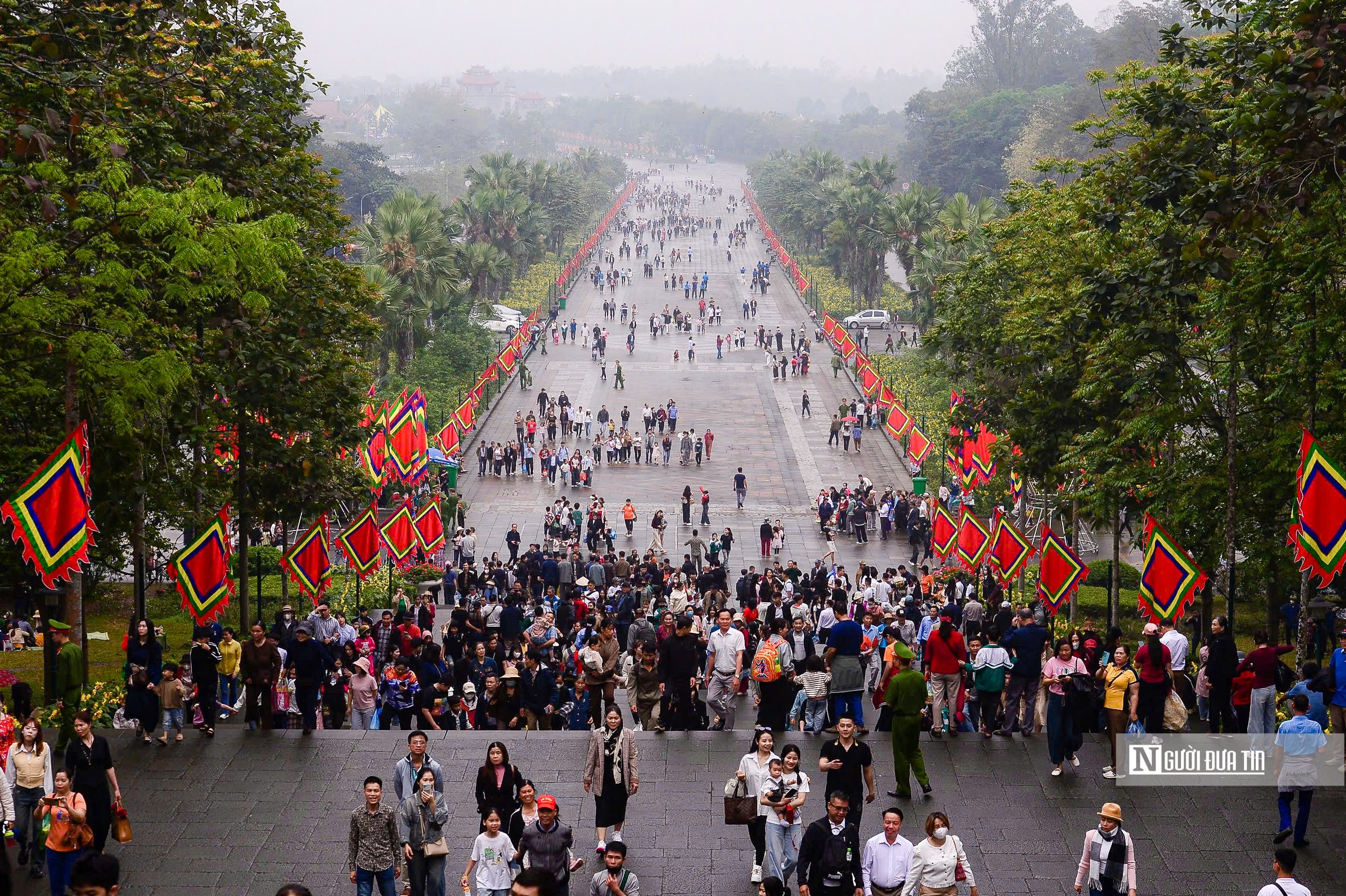
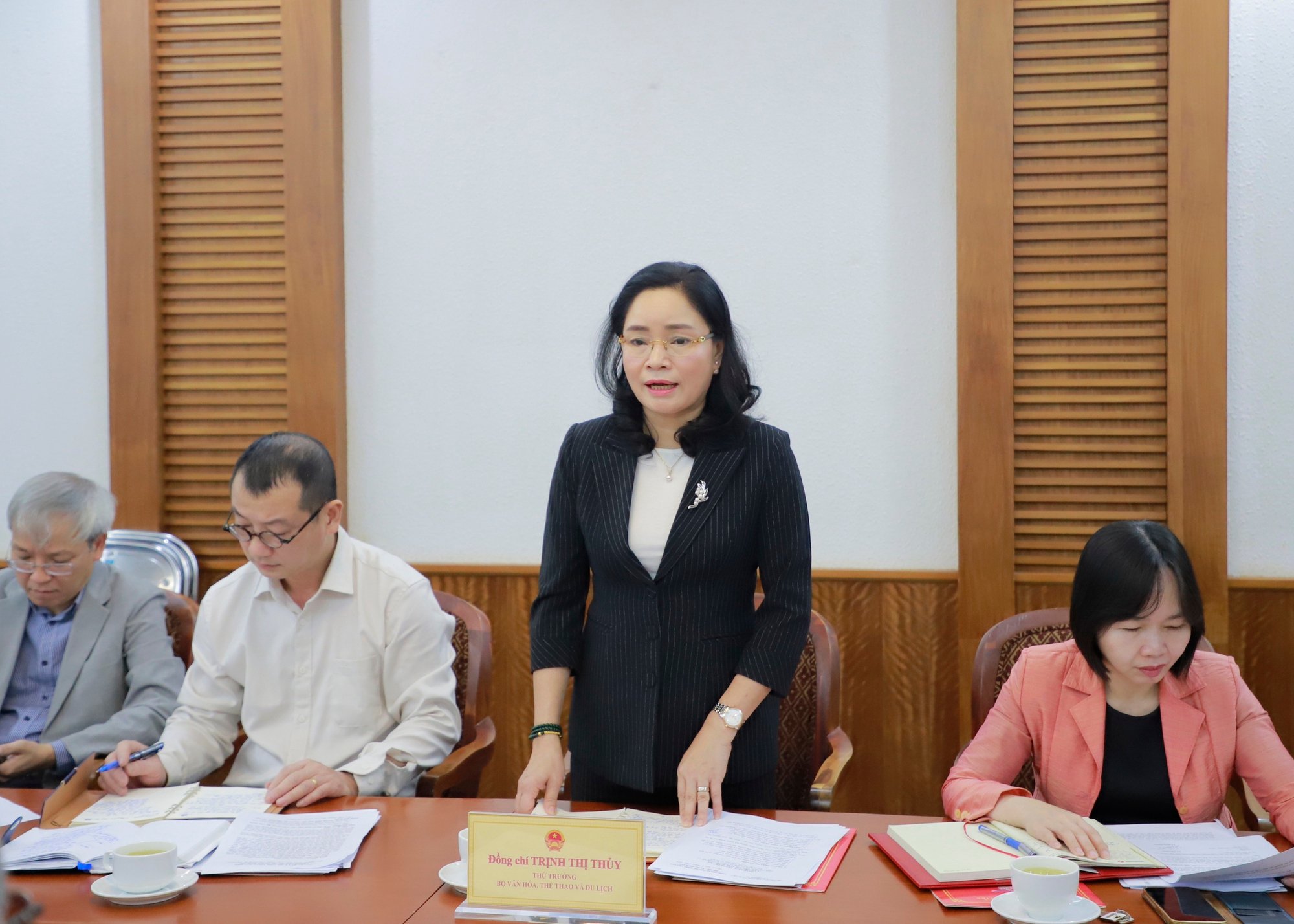
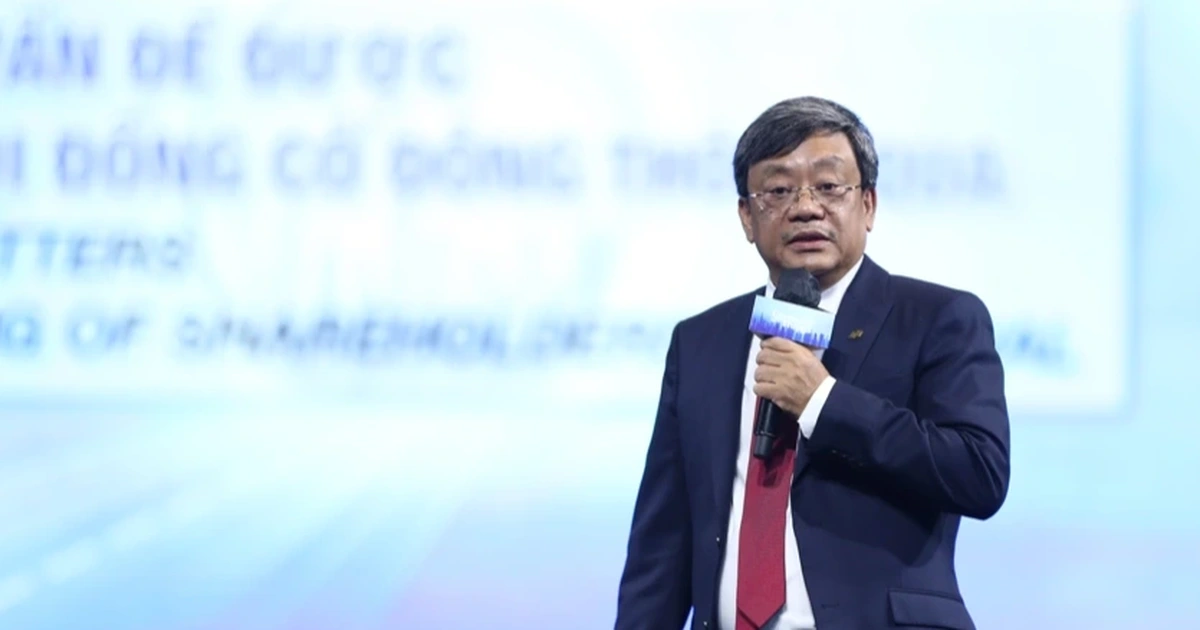
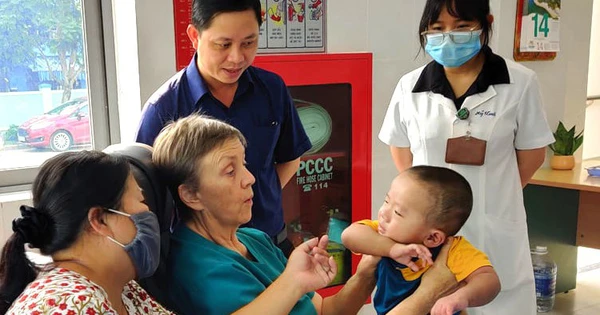

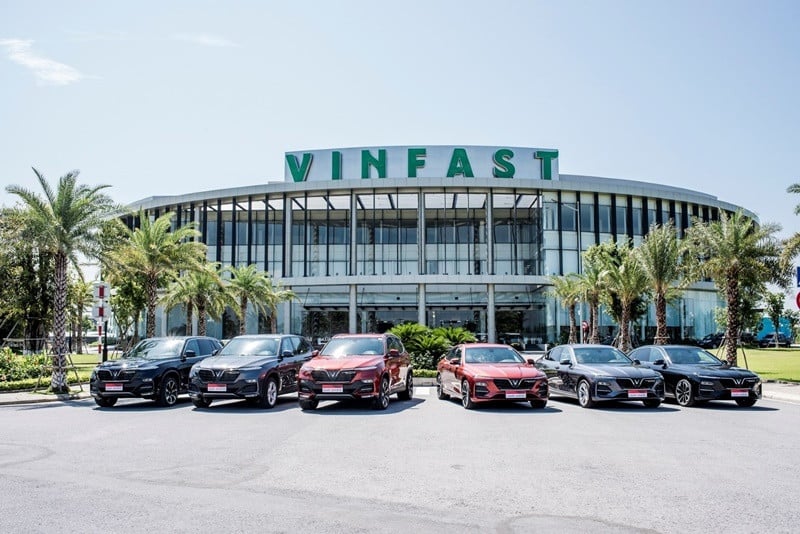

























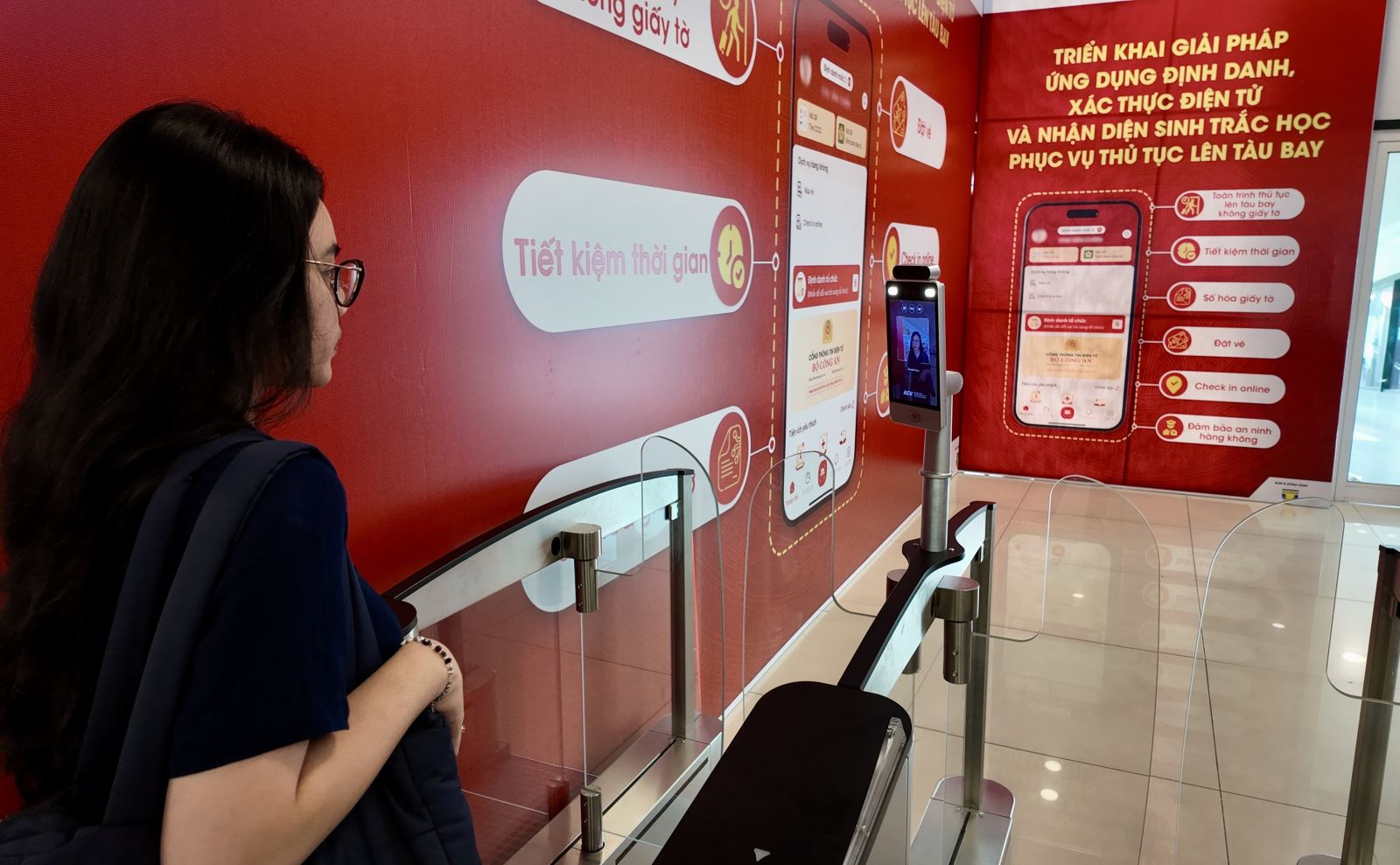










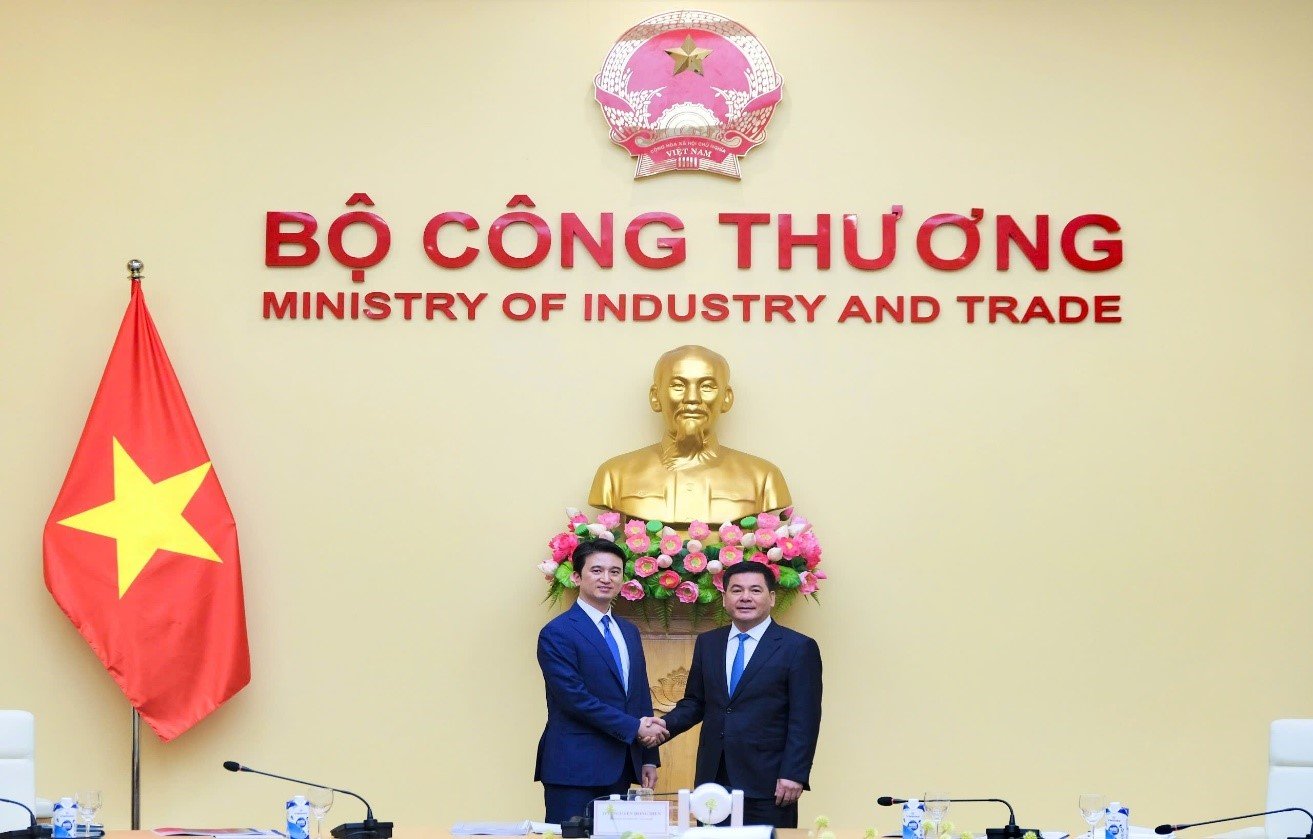

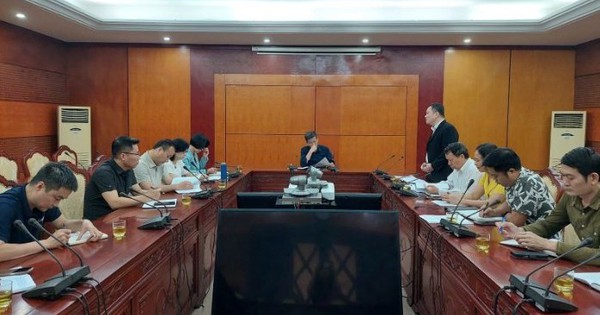




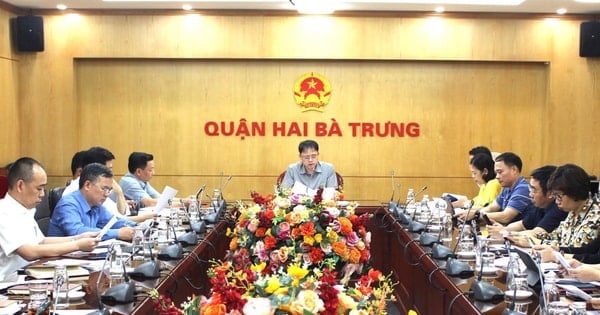

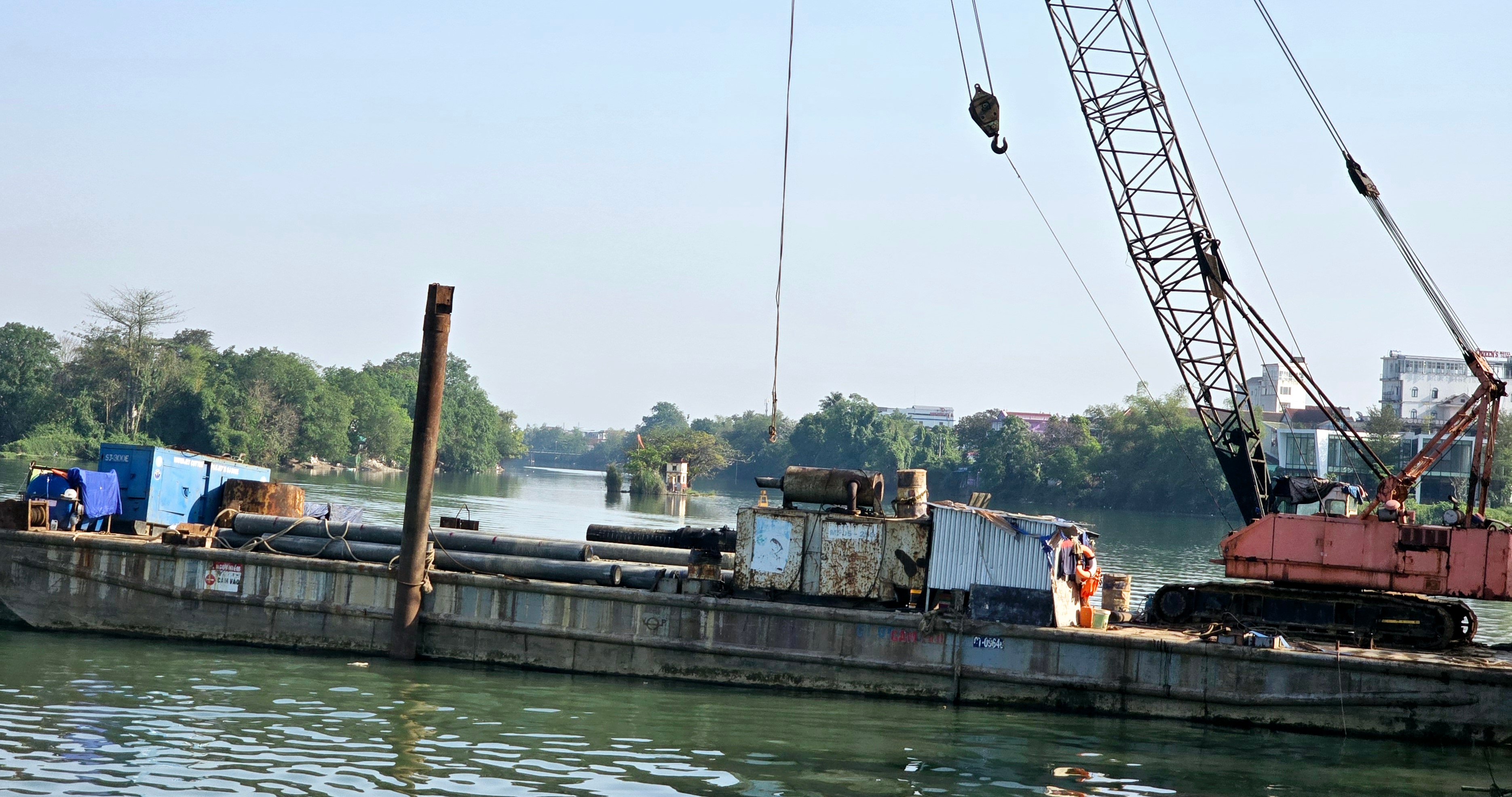

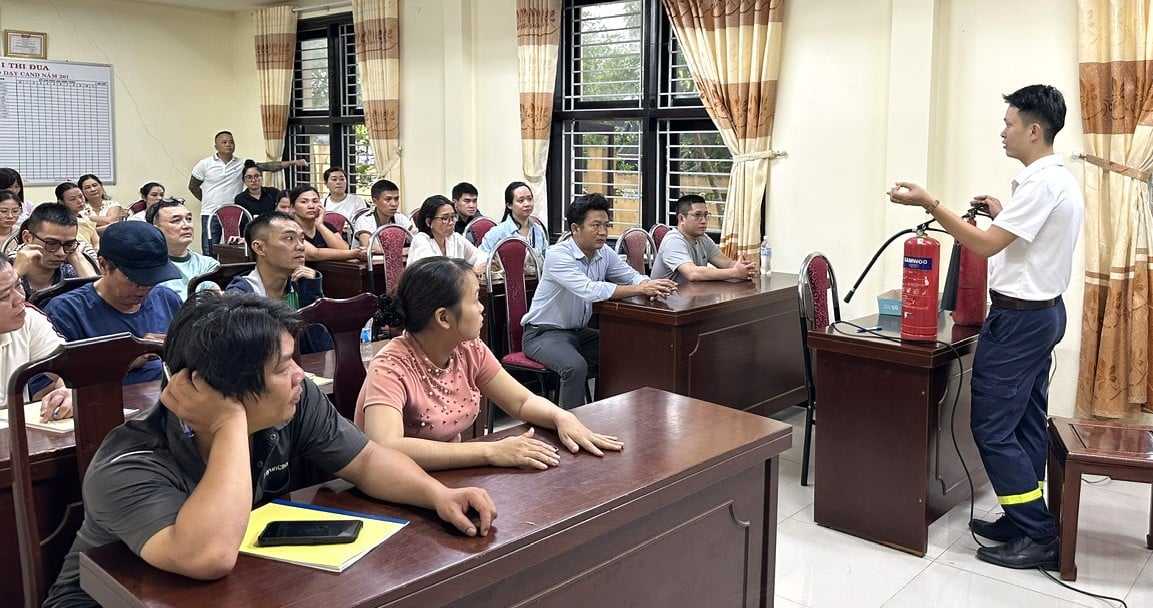
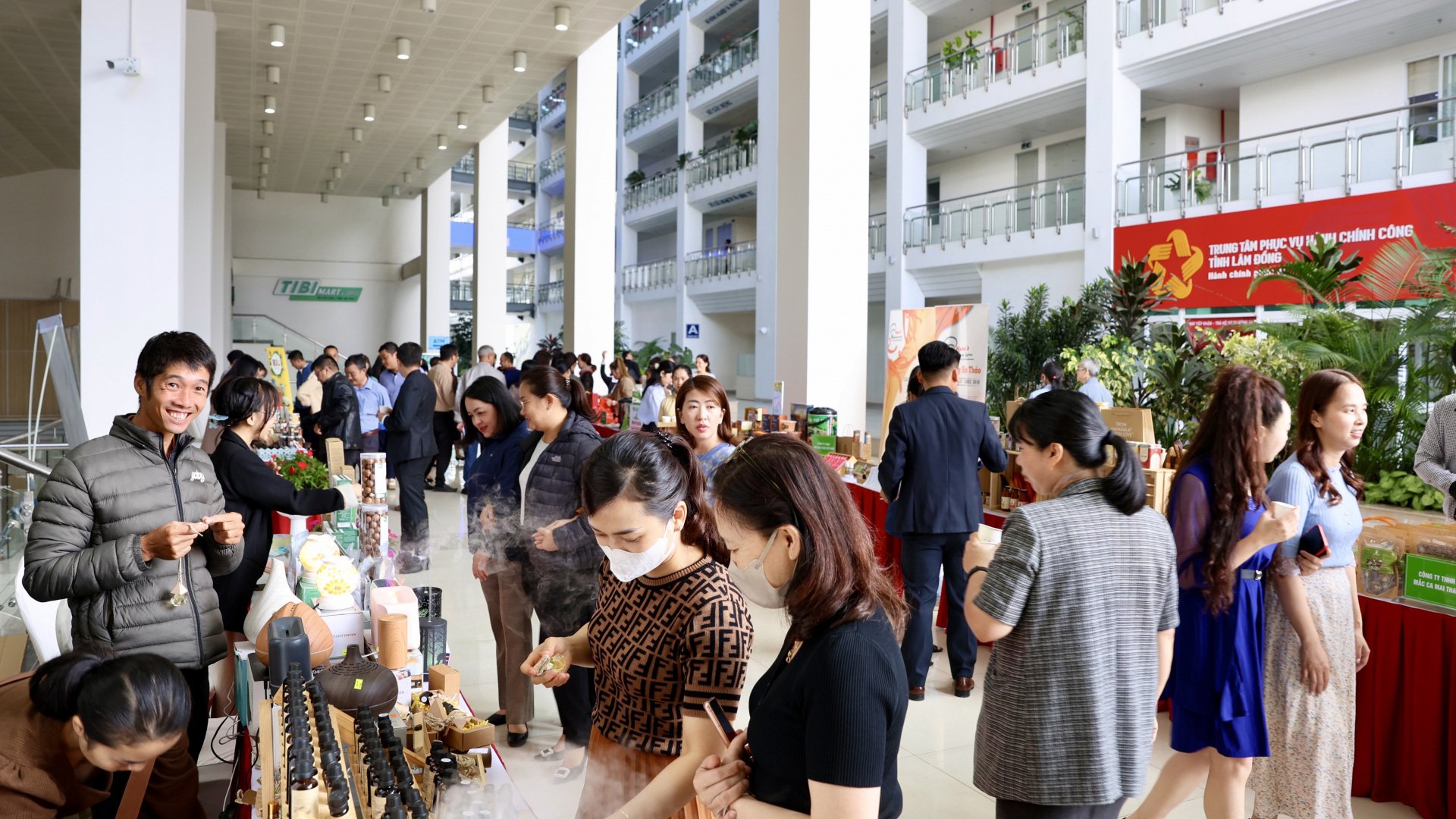

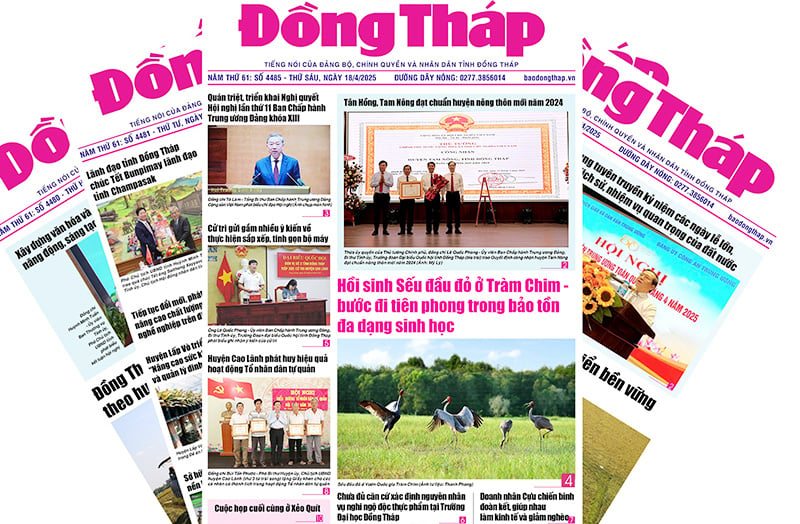









Comment (0)